Norwegian cabin culture is nothing short of a national obsession. Here's what you need to know about cabins in Norway.
There are many, many thousands of cabins, cottages, and lodges all over Norway. Some are located high up in the mountains, others by the coastline. Some are basic, while others have all the mod-cons.
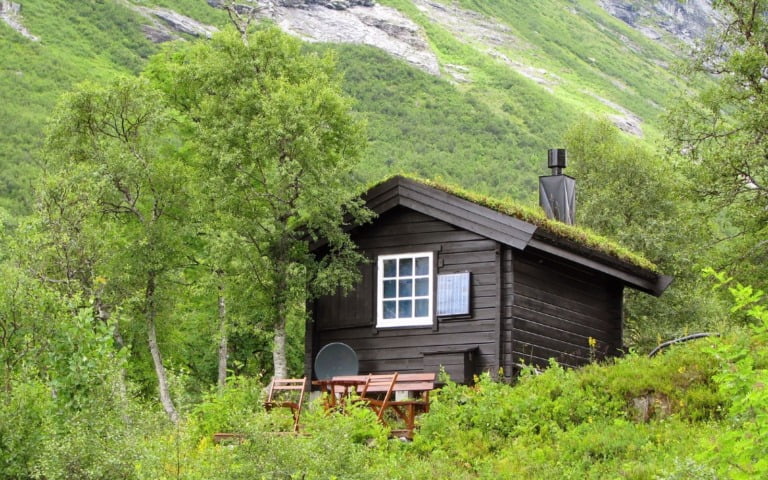
But regardless of their size or amenities, they all have one thing in common. The hytte is an integral part of friluftsliv, the Norwegian outdoors lifestyle. Visit Norway goes as far to say that the hytte is part of the Norwegian soul.
Norwegians are keen skiers and hikers. Owning a hytte is an easy way to spend more time in the middle of their beloved, natural environment.
During the winter holiday, Easter vacation and summer shutdown, Norwegians young and old head to their hytte to relax. Shared cabins are also used to provide rest and shelter on long hikes or skiing trips.
What is a hytte, exactly?
This is a harder question to answer that you might first imagine. Originally, a hytte was a very basic log cabin with no running water or electricity. Plenty of these still exist especially up in the mountains and along cross-country skiing trails.
Read more: A Day and Night in a Mountain Cabin
But today, hytte also refers to a wooden holiday cottage. These can be large, connected to the grid and with indoor plumbing! Some of them can even be more extravagant than the owner's small city apartment!
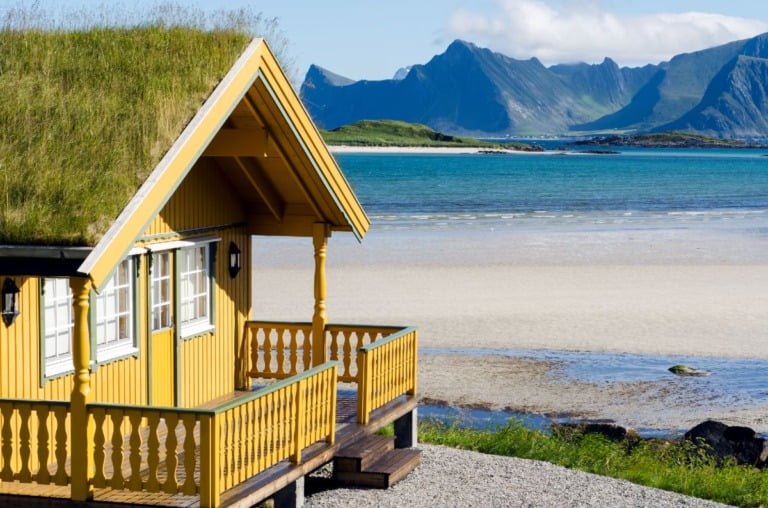
Although these cottages are known as ferieboliger (holiday homes) in Norwegian, many people still refer to one as their hytte.
Regardless of the quality, one common feature to all hytter is the concept of passing down the cabin through generations of the family. This means there are less cabins on the market than you might expect, driving prices up.
Another common type of cabin is the rorbu. These rorbuer are simple cottages built for fishermen. Often, they are built on land but partly overhang the water on poles to provide easy access to the water.
Rorbuer are very common in Norway's Lofoten islands, where they are still used by fishermen in season. Many are now rented out for part or all of the year to tourists.
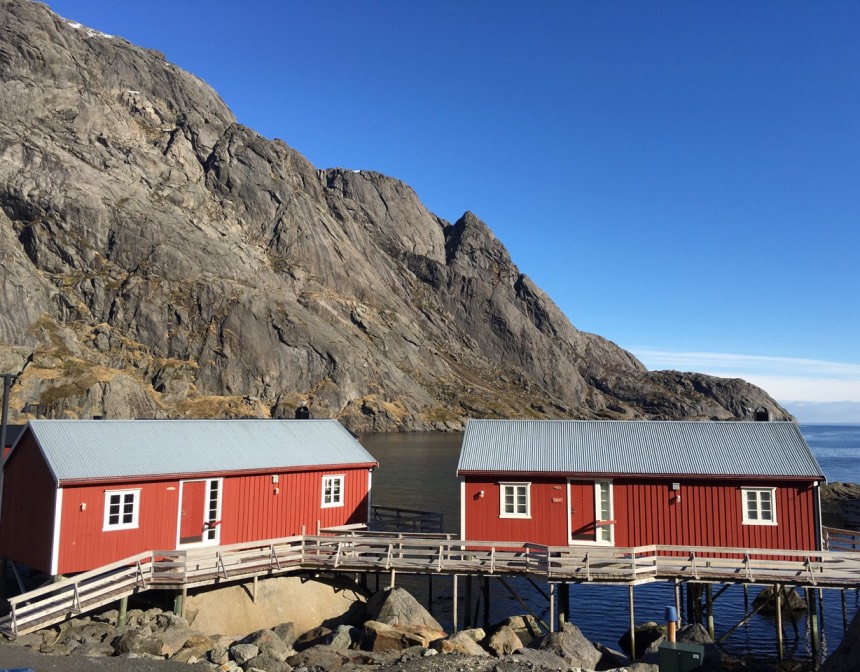
Norway's cabin culture in numbers
Thanks to Statistics Norway, we have a good overview of just how many cabins there are across Norway.
Considering cabins and holiday cottages together, there are approximately 440,000 properties in Norway today. Not bad for a population of a little over 5 million!
Read more: Camping in Norway
15,800 cabins and cottages were sold on the open market in Norway during 2020. Among these new cabin owners, only 3% were under 30. The vast majority (61%) were people aged between 40-60 years old.
Shared cabins in the mountains
Not all cabins are privately owned, however. The Norwegian Trekking Association (DNT) own and operate 550 cabins for their members, alongside their networks of 22,000 km of marked hiking trails and 7,000 km of marked cross-country ski trails.
DNT cabins include fully-stocked mountain lodges with room for multiple overnight guests and food service.
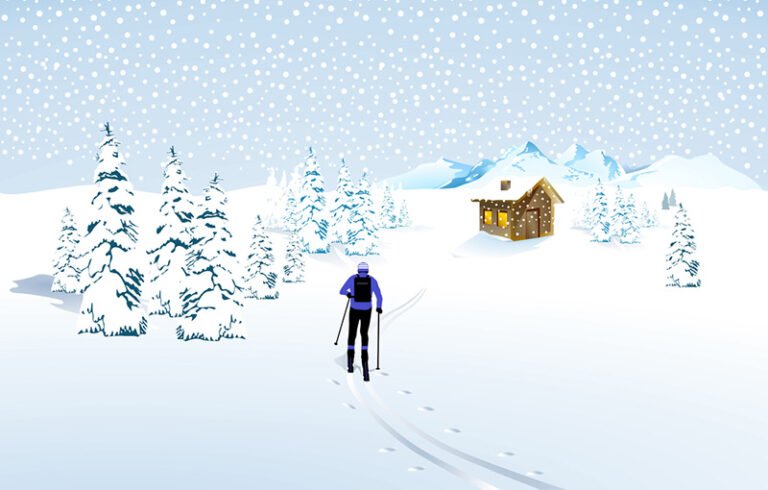
But there are also many non-staffed cabins, some with provisions and others without. Some can be booked in advance, others cannot. There is typically a fee to use a DNT cabin, which is usually paid on an honesty basis.
Statskog is Norway’s largest landowner. They have around 130 open cabins nationwide. These basic huts are free of charge for anyone to use.
Norwegian cabins for international tourists
Are you sold on the idea of staying in a hytte? If so, it's possible for you to book a cabin for your vacation, whether you prefer a simple wooden hut or a cozy lodge with all the comforts of home.
The easiest way to do this is to look for campsites with cabins. Many campsites around the Norwegian fjords have built cabins to provide accommodation for those who aren't keen on camping in a tent.
Of course, a hytte on a campsite provides only part of the Norwegian cabin experience. In the summer, these are very busy places!
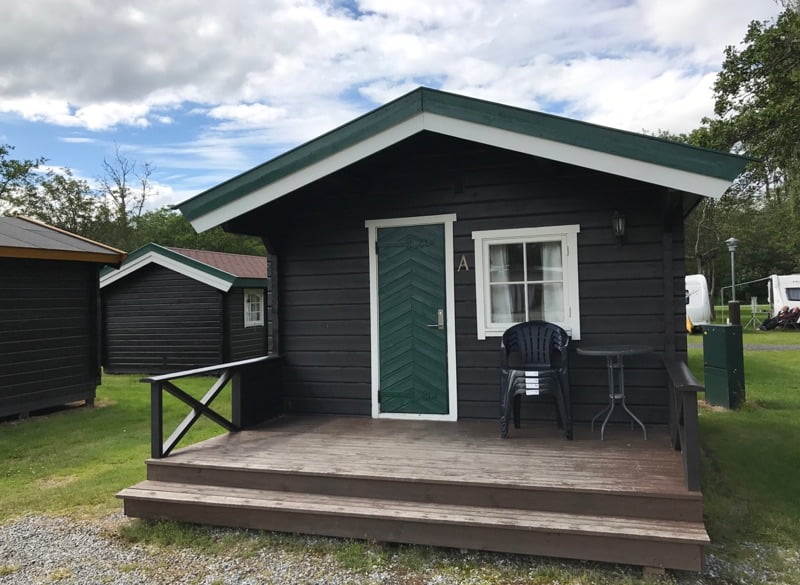
For a more “authentic” cabin experience, it's also possible to rent a hytte privately. Your best starting point for this is the local tourist information office. Some hotel booking sites also list cabins, as does AirBnB.
However, be warned, cabins in Norway get snapped up super fast in high season, especially in Lofoten or around the fjord region.
Buying a Norwegian cabin
I mentioned earlier that many cabins stay in a family for generations. While that's true, there has been an increase in the number of cabins and holiday cottages hitting the cottages in recent years.
As mentioned previously, 15,800 cabins and cottages were sold on the open market in Norway during 2020. That's 30% up on 2019.
The most popular locations are in and around ski resorts such as Trysil, Hol, Hemsedal and Øyer.
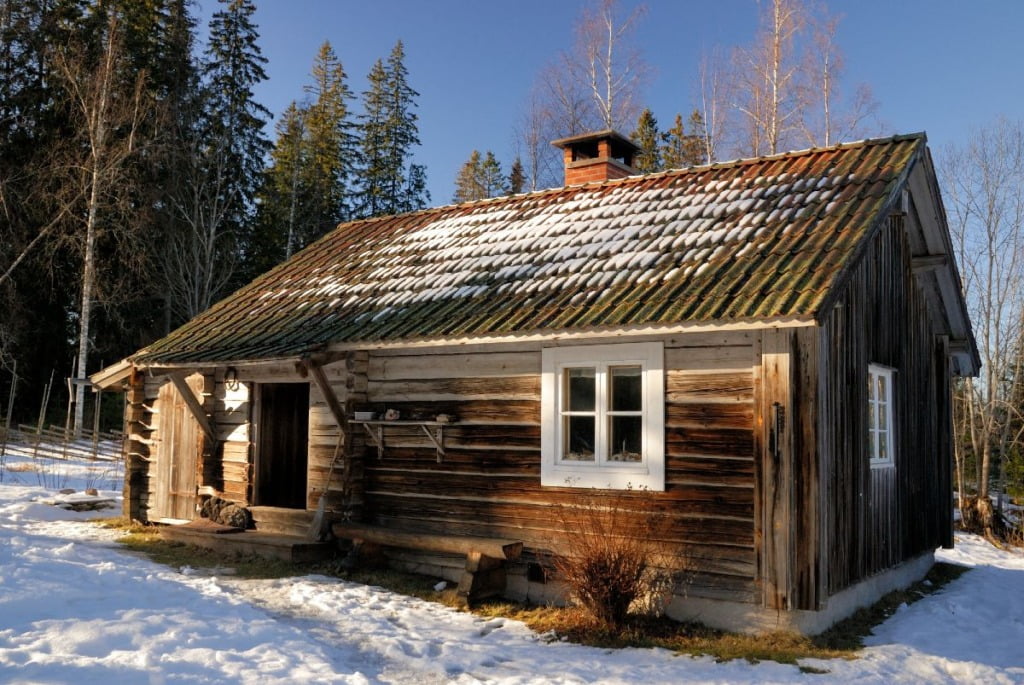
An ‘average' mountain cabin costs just over NOK 2 million, but newly-built modern cabins fetch double that. Holiday cottages along the Oslofjord and other popular areas can be more expensive than most private houses.
If you're interested in buying a cabin, the purchasing system is essentially the same as buying a house in Norway. Finn.no should be your first port of call to research the market.
The modern hytte
Architects are busy reinventing the concept of a hytte for a new generation of outdoor-loving Norwegians. From treetop cabins to cutting-edge design, there's plenty of fascinating projects in the world of cabin architecture.
One such example is this hytte that uses a prefabricated honeycomb-like structure on Storfjellet near Hammerfest:
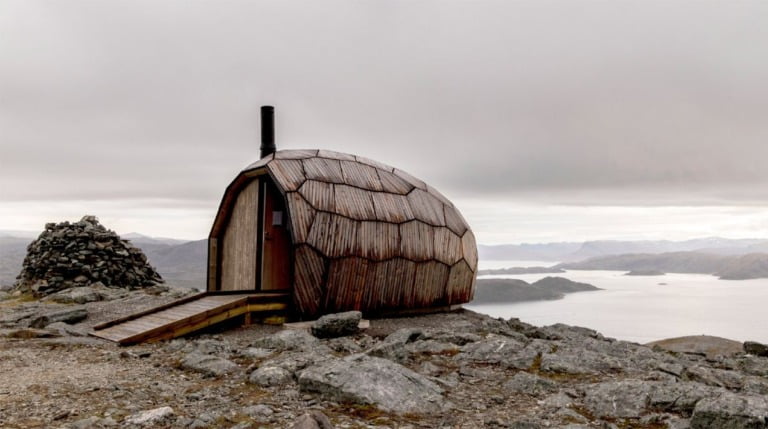
The framework was designed to suit its rugged arctic setting while withstanding harsh polar winters, but also make it easy to transport and assemble the cabin.
There are many more great examples of modern hytte design out there. I'm hard at work on a follow-up article to bring some of these amazing structures the attention they deserve. Watch this space!
Have you enjoyed a Norwegian cabin vacation? Let us know in the comments.

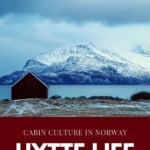

We moved to Norway two years ago. When an opportunity came up to buy a hytte on a nearby mountainside overlooking a series of lakes, we jumped on it. No running water (except in a nearby creek) or electricity, but we wouldn’t trade it for the world!
We’ve been renting privately owned cabins (via Finn.no) for the winter holiday (with another family or two) for the past ten years. And the standard has just gone up and up to the point where we think each year, you can’t beat this! And yet the next year, we manage!
I think because we need a large cabin, sleeping often 12 or more, this limits the available cabins to the ‘posh’ ones, hence the super standard and locations.
We hope to continue doing this and although we do pay eye watering amounts for this week, divided up between more families it’s manageable AND when compared to actually owning a cabin and all the work that entails, I think this is a good deal, we get to stay in different places and it works great for us.
The best hytte in Norway are still the most basic. Keep in mind that part of the allure of cabin culture in Norway is to get away from all the trappings of modern life. The mantra is, keep it simple and easy! Pick blueberries, go fishing, take a hike, eat cake, drink coffee, stay up late… and just enjoy. That’s the Hytte experience.
We are from England and have been visiting Norway for over 40 years. During that time we have toured the country from Lindesnes to the Nordkapp, the eastern valleys to the Vestkapp. We have stayed at hotels and rented hytte in various places.
From 2001 we owned a hytte in Lindesnes kommune for 10 years. It was in a fabulous location high up and overlooking the fjord. We got to know all the neighbours and made many good friends. We had to sell the hytte due to personal circumstances but wish that we had retained it.
The times that we spent in our hytte we rate as some of the best times of our lives. We still visit Norway every year and rate it as the best country in the world.
med vennelig hilsen,
Norway is a wonderful country and we have been visiting it now for 60 years, yes 60 years! Sixty years ago, Norway had not even been picked up on my radar, and our connection with it was started in a most unusual manner, unknown to me, by two people who didn’t even know each other. Work that one out!
In 2011 at the 50 year point I wrote a small book about some of our times there. A few years later, this was turned in to an enlarged version as a video, which if you are interested to see it, can be viewed on Youtube at https://www.youtube.com/watch?v=w0JJMyphDEo . This covered another 10 years to the 60 point. Whether we can make 70 years, we will have to wait and see, but you never know!
Mvh
We are in England and currently purchasing a cabin in Ostfold. We have been many times to different parts of Norway but now want somewhere to regularly stay and be based. My wife is doing well learning Norwegian and just needs more practice speaking. I have just started. My wife is an author and is looking forward to completing her WW2 about Norway in 2025.
Love this website.
Thanks so much and best wishes for the relocation!